Current Projects
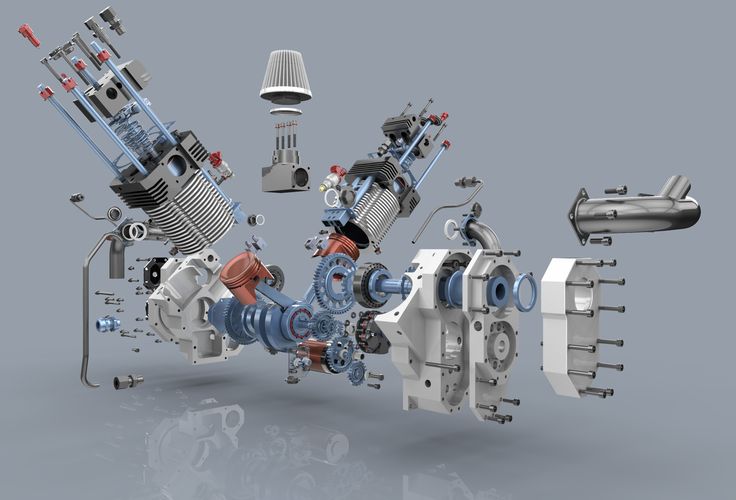
Mechanical Structure
Design a structural framework for a martian transportation and delivery system for both humans and parcels.
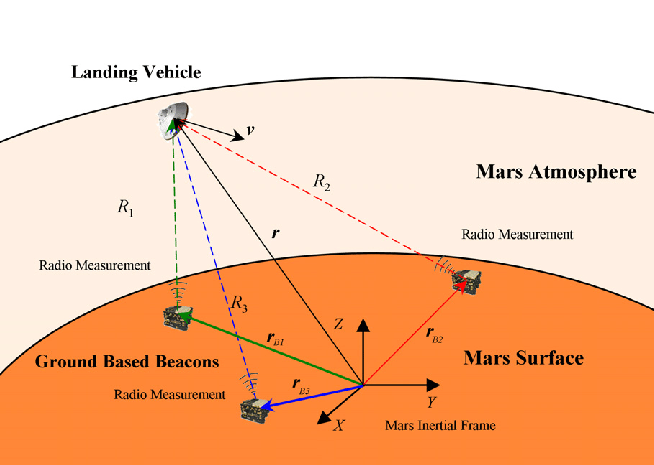
Autonomous Navigation and Software
Design a system and software for the autonomization of navigation for transportation and delivery.

Oxygen Production and Air Composition
Design a system for the production of oxygen and the maintenance of an air composition suitable for human survival.

Sample Collection and Portable Lab
Design a system to facilitate the collection of martian samples, including a portable lab for conducting analyses.
Past Projects - 2020, 2021
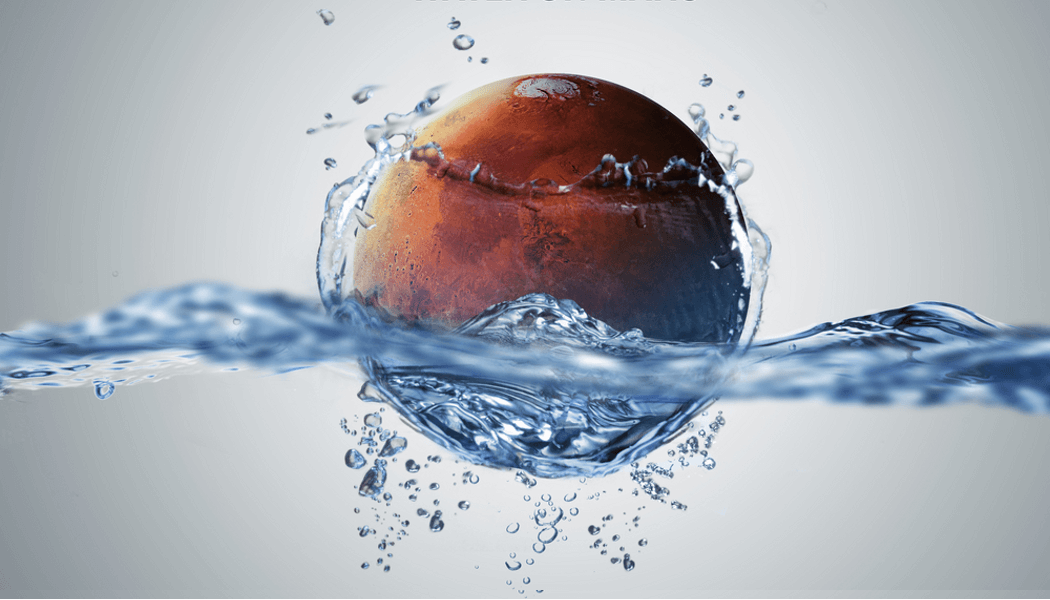
Water Extraction
Design a system to detect and extract water from the martian environment and supply it to the greenhouse unit.

Energy
Design a system to provide energy to the food production unit through means that are available and abundant in the martian environment.

Biochemistry
The Biochemistry team will be designing the biosphere to produce food. The team will look at what plants will be grown, the operating conditions of the space, the layout and structures used for plant growth. In addition the team will be conducting home experiments to investigate optimal parameters for plant growth that the biosphere should operate at.

Structure
How will crops be protected from the Martian environment? How can we promote their growth while on such foreign soil? The structural team aims to answers these questions by providing them with adequate light levels, a reliable irrigation system and an energy source to power the greenhouse functions.
Past Projects - 2019, 2020
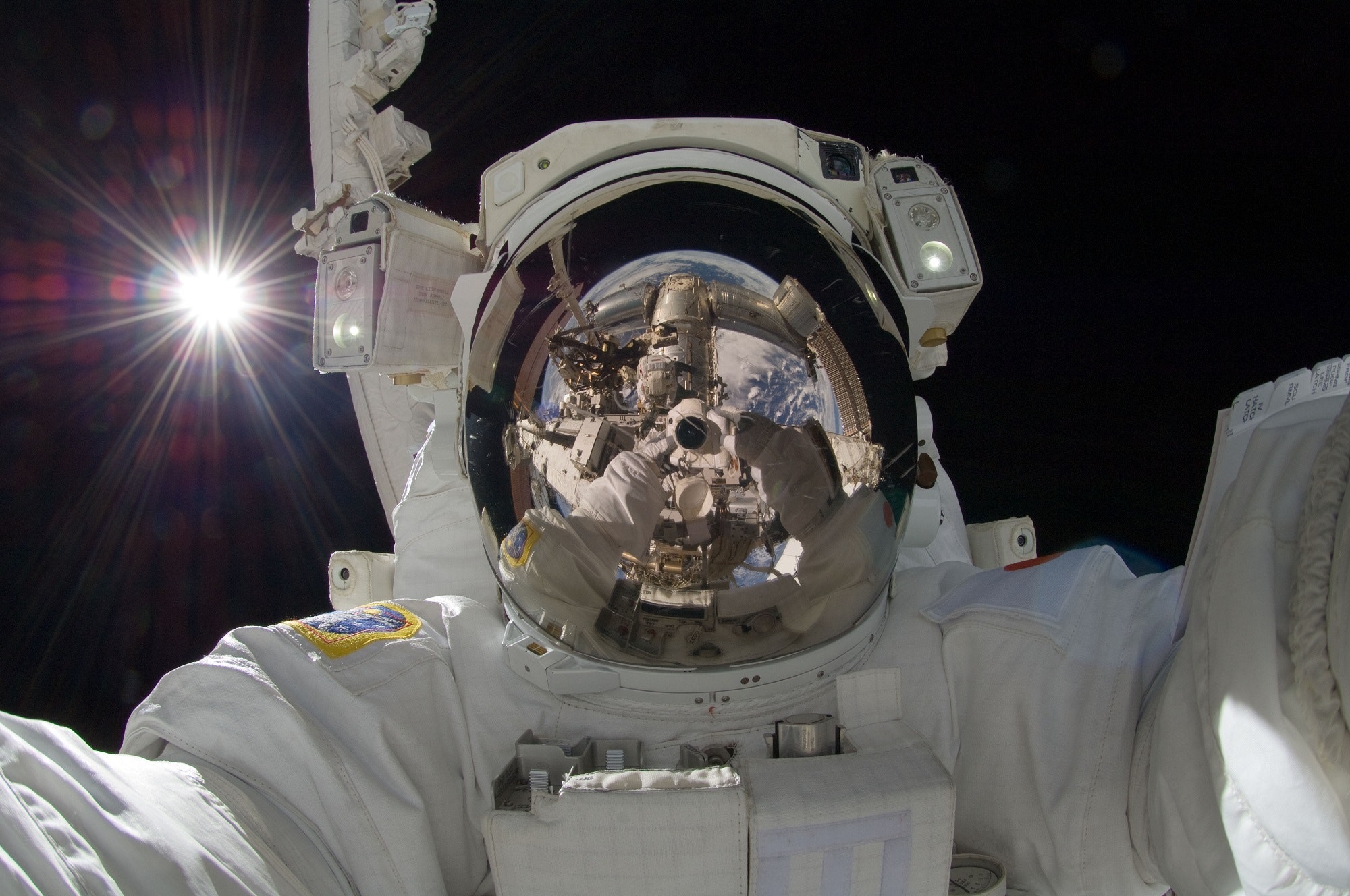
Martian Suits
Radiation, low pressure, and lack of Oxygen are all dangers that Humans need to adapt to on Mars. The Martian suits would allow humans to have a portable protection unit and survive once they land on Mars and begin colony generation.
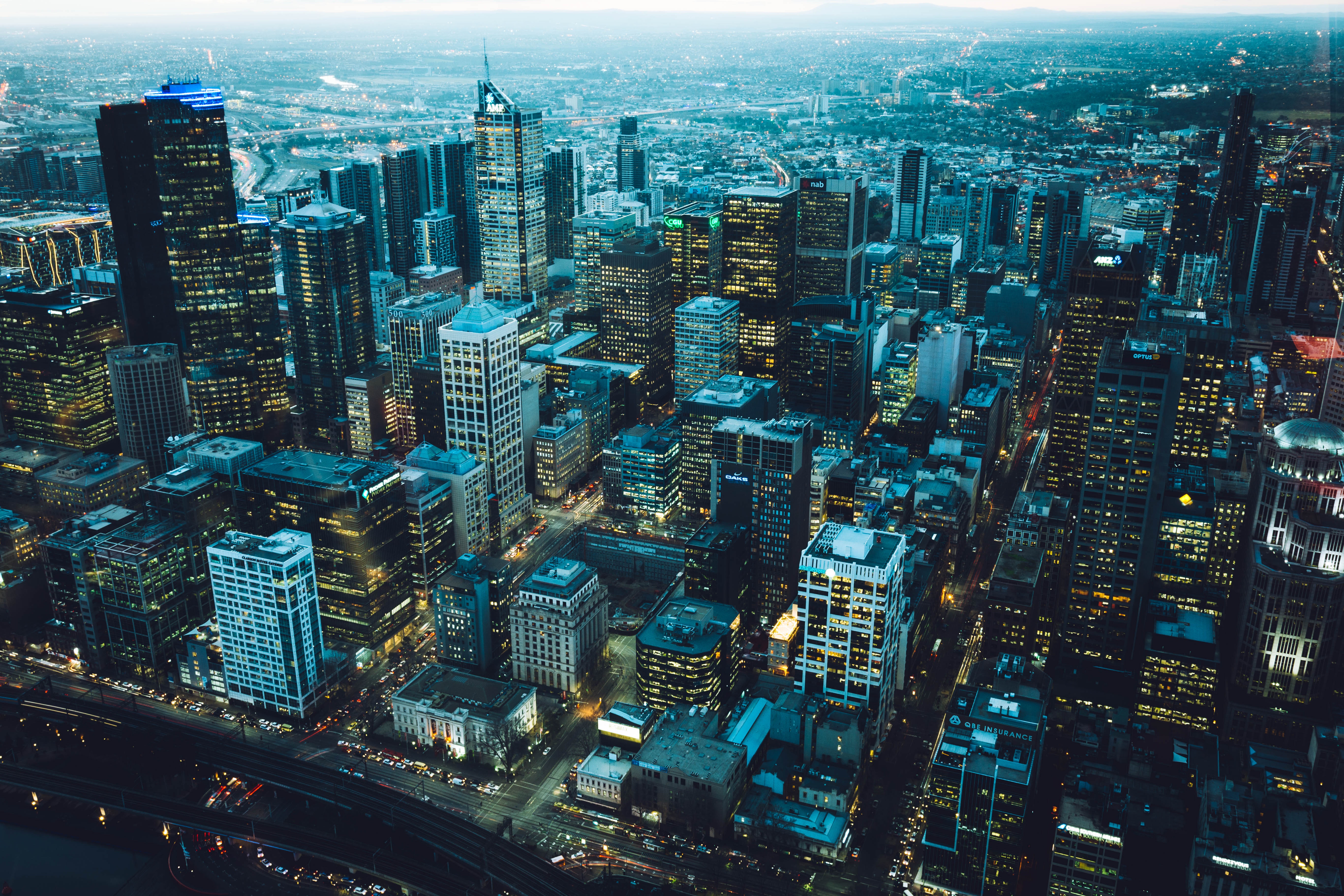
Colony Layout
Would we have only one colony on Mars or several different colonies? Would each colony have one building or several buildings? How big can the colony be? What facilities will the colony have? These are all questions that need to be answered to colonize Mars.
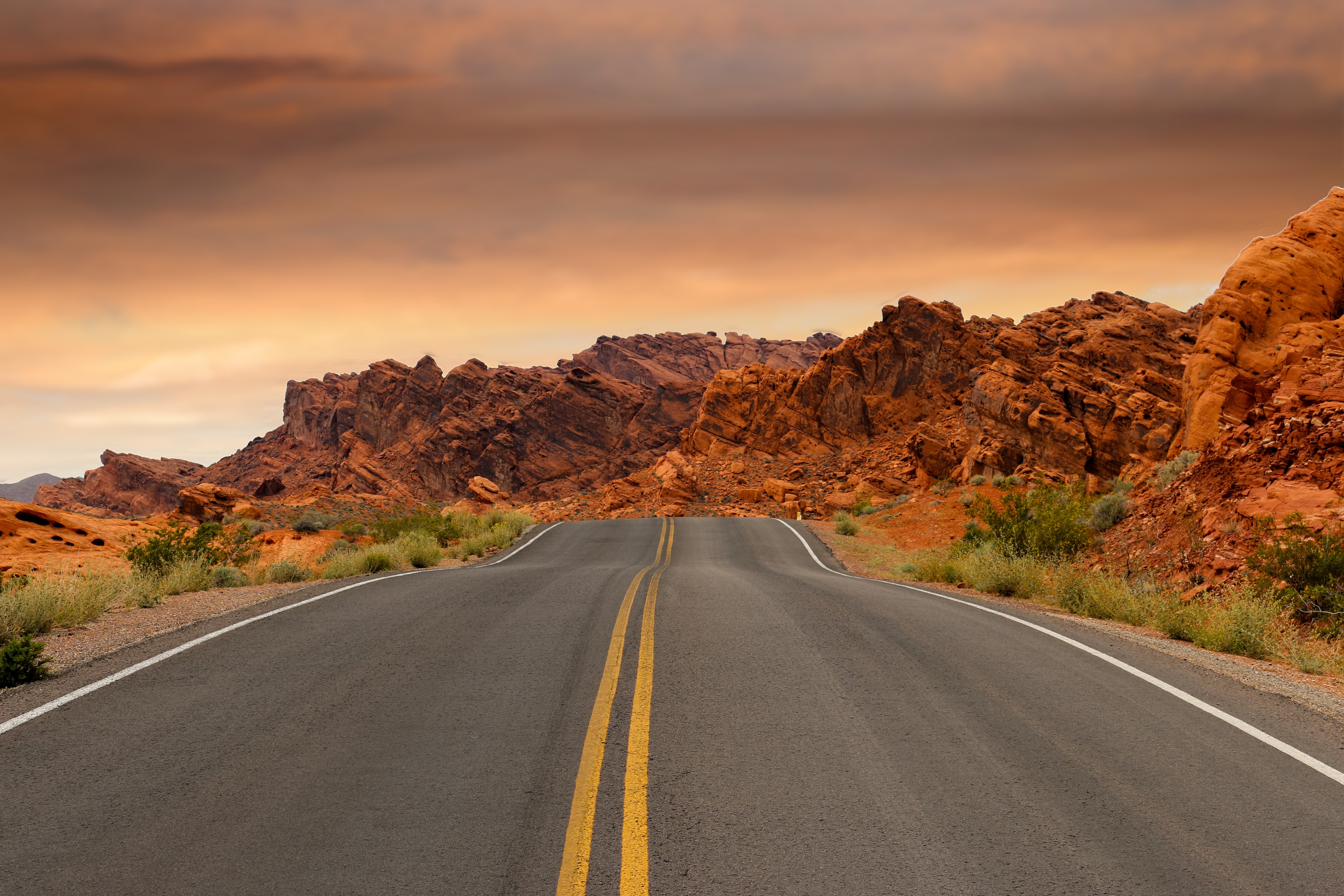
Transportation
Having a system that would allow humans to move quickly and easily between different buildings inside the colony or between different colonies is integral. The ability to move easily on Mars would make it easier for Humans on Mars to not only expand on Mars, but also explore it.
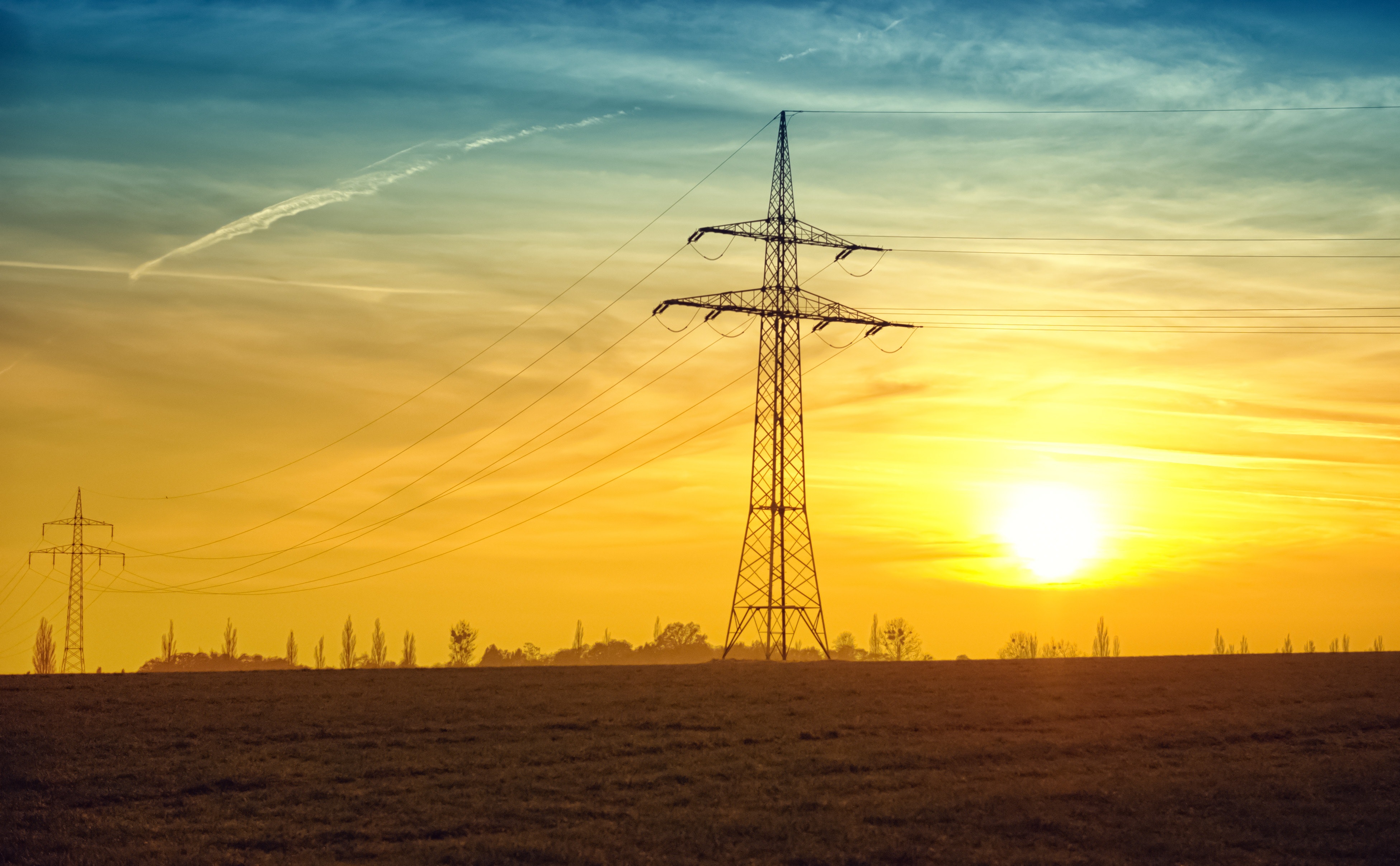
Electricity Generation
Most technologies we use for space exploration are fueled by electricity. That is why it is important to design a system that can not only generate electricity on Mars, but also store it.
Past Projects- 2018,2019
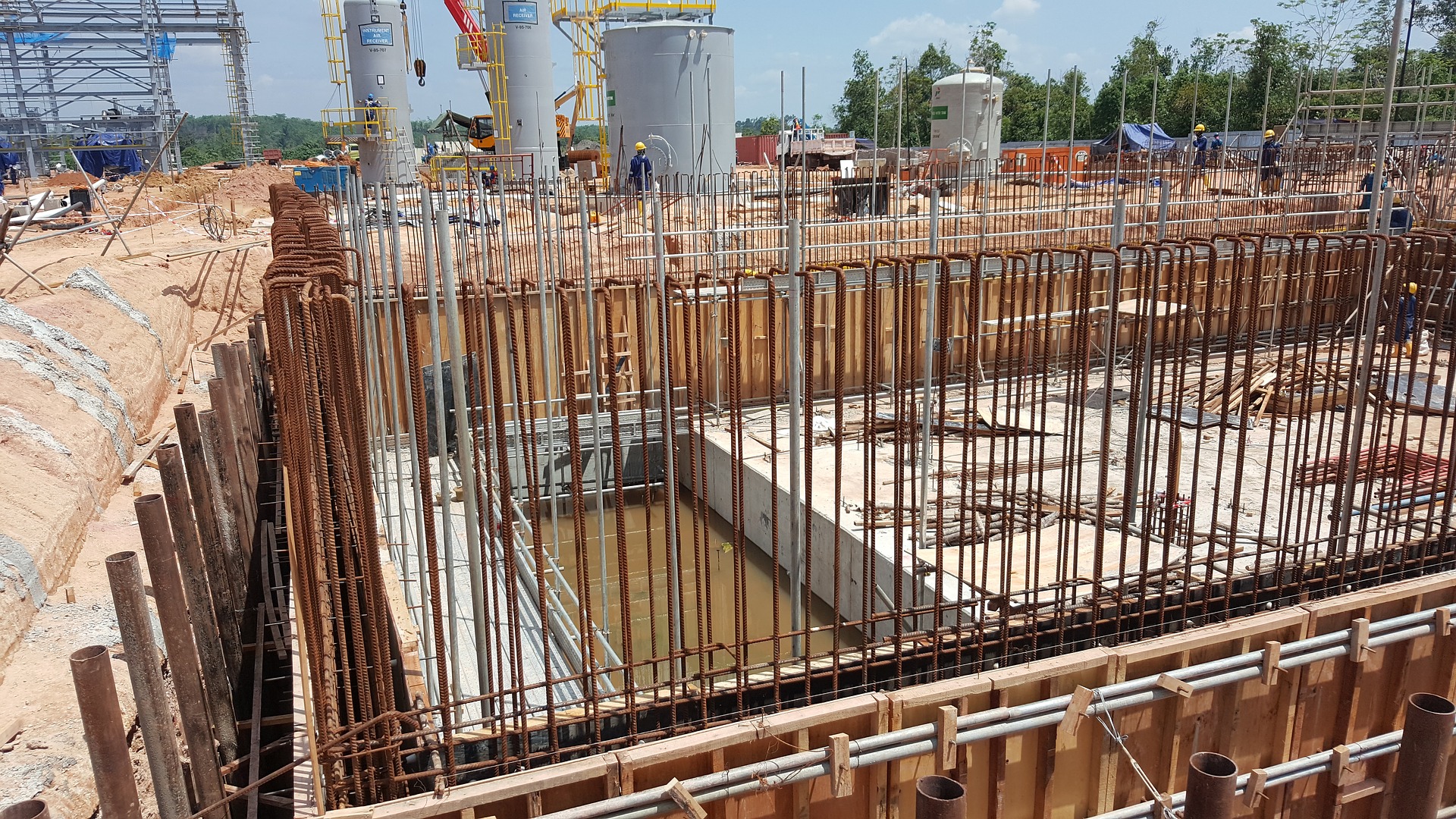
Structural
The structural team developed the chamber and doors of the airlock ensuring that the design can withstand the pressure differential with a safety factor of 4. The door utilized a planetary gear system to ensure a strong lock is achieved. The seal, on the other hand, consisted of a spring-epoxy combination to have maximum sealing. The chamber was designed out of Aluminum 7075 T6 and had a singularity point mechanism that allowed it to collapse to 15% of its original volume.
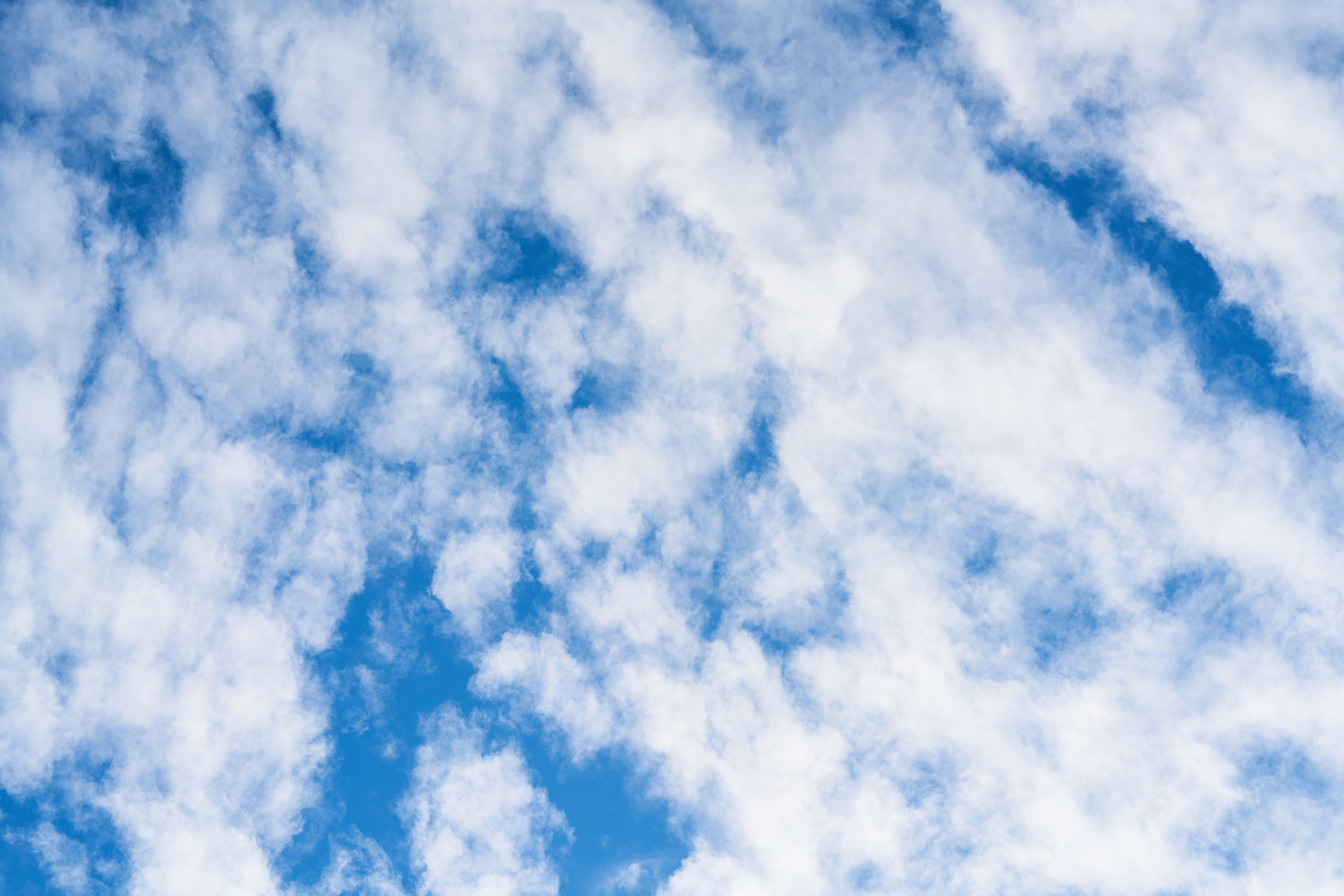
Air Circulation
The air circulation team designed a system to allow the airlock to depressurize from 101.3 kPa to 0.6 kPA at a controlled rate such that astronauts are not harmed. By utilizing a vacuum diaphragm pump and valves, the airlock can be depressurized in almost an hour, and pressurize in half that time.
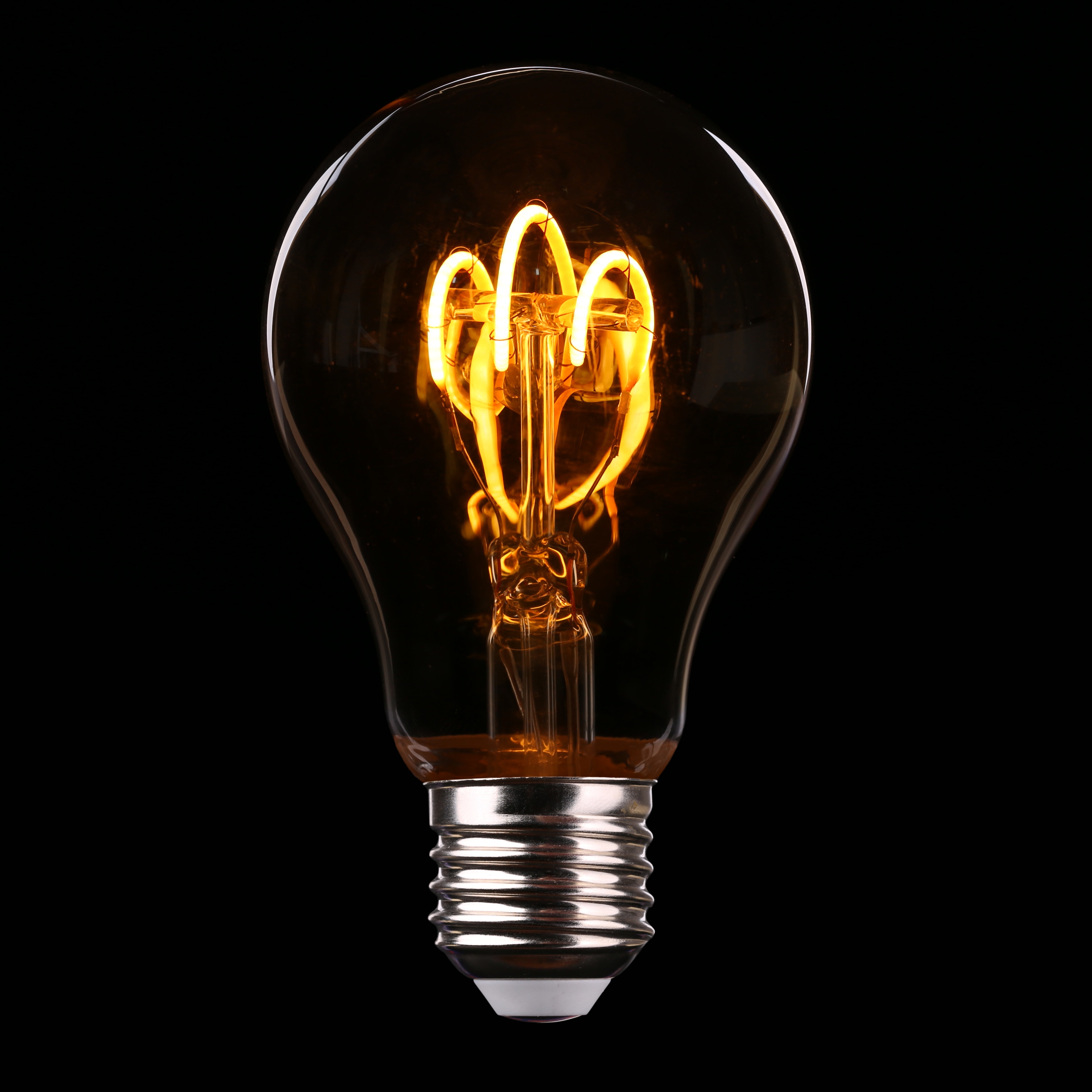
Electrical
The electrical team provided designs for lighting systems within the airlock and displaying sensor readings for astronauts. By utilizing solid state light bulbs, and a combination of readers, the astronauts can use the airlock safely and ensure that it is functioning as it should.
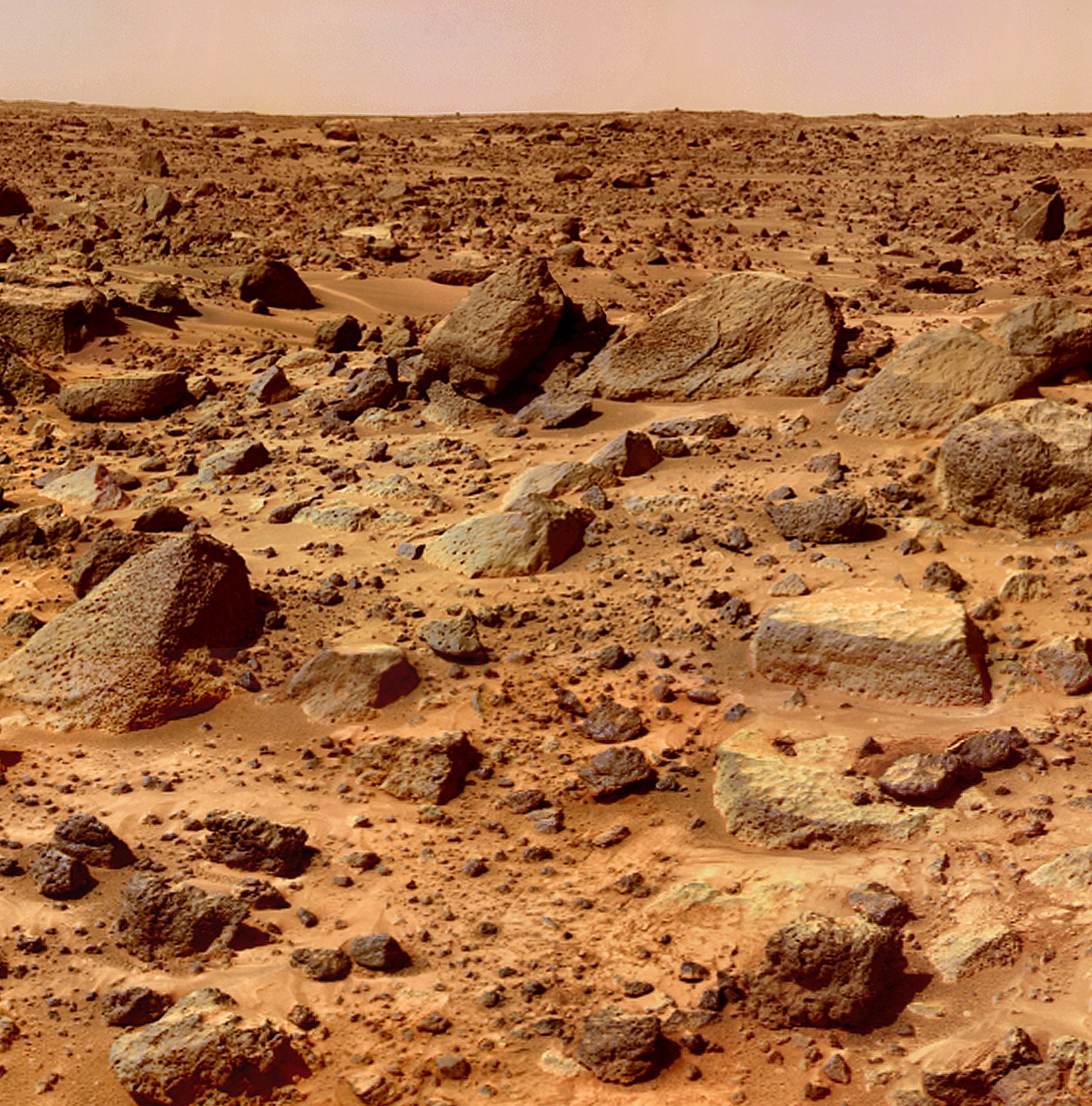
Environment
The environment team had to design several systems that would protect astronauts and the airlock from the harsh Martian environment. A dust protection system was designed that relied on using a small pressure differential to prevent dust from entering the airlock when the door is opened. In addition, a radiation shielding and insulation system was designed that relied on Polyethylene, Mylar, Dacron and Kevlar. The Environment team also used thermocouples, geiger counters and barometers to monitor the temperature, radiation and pressure inside the airlock, respectively.